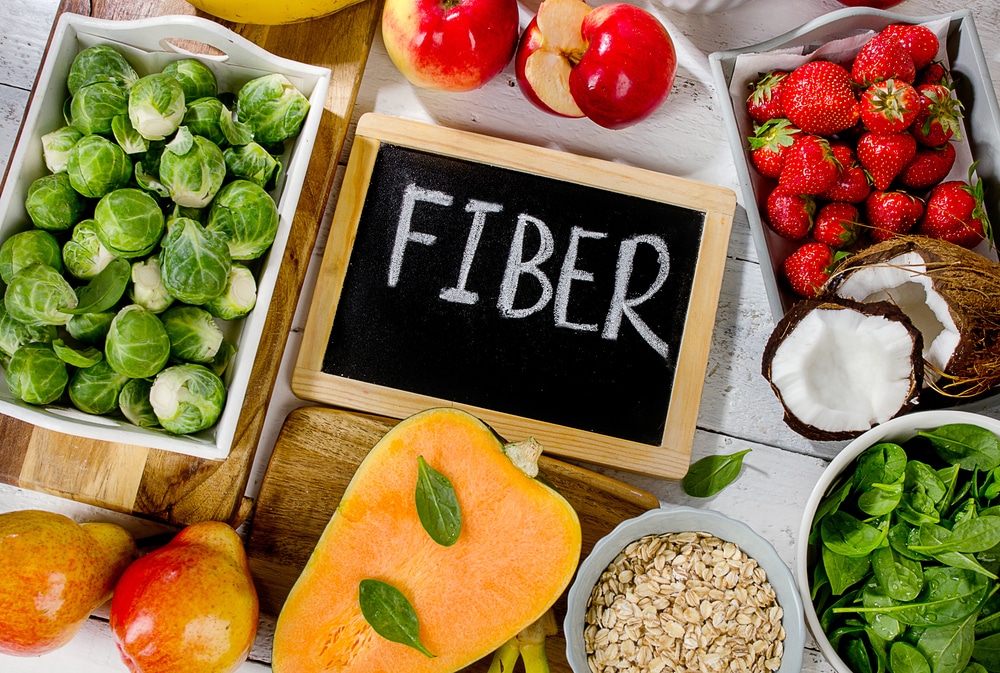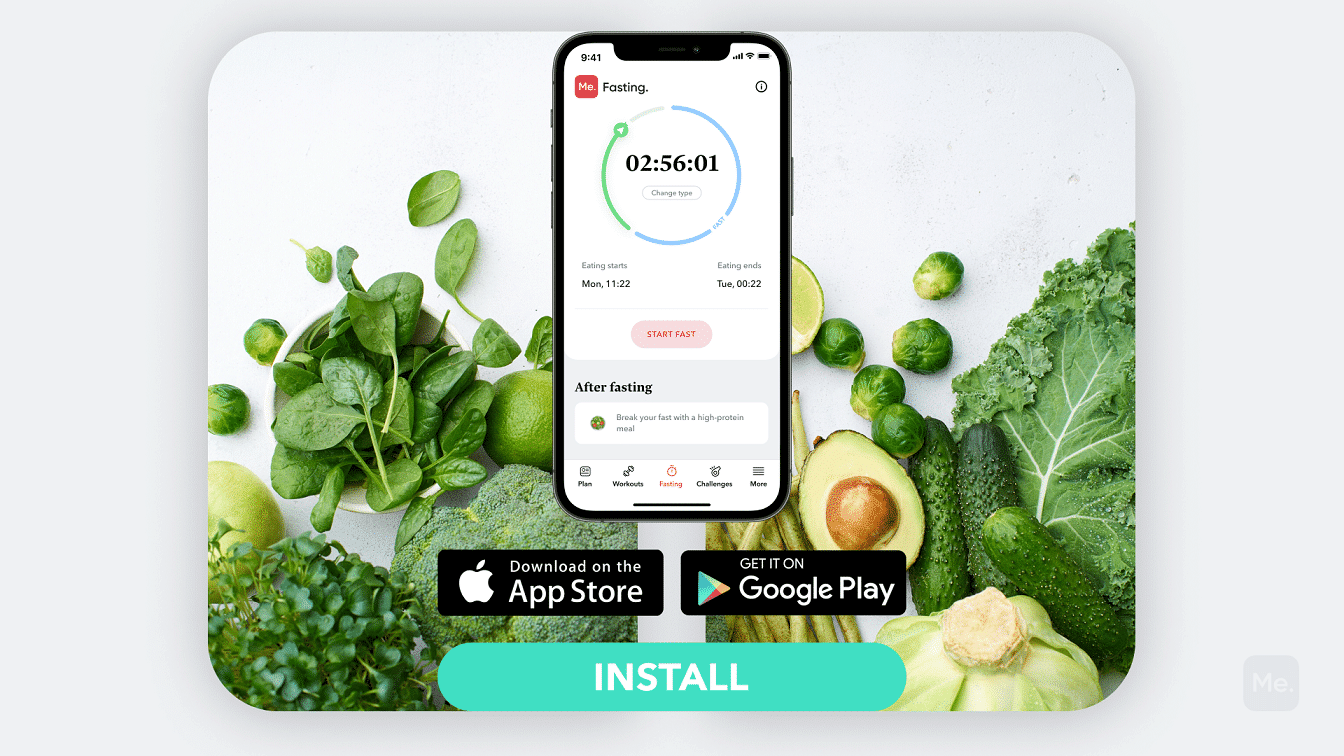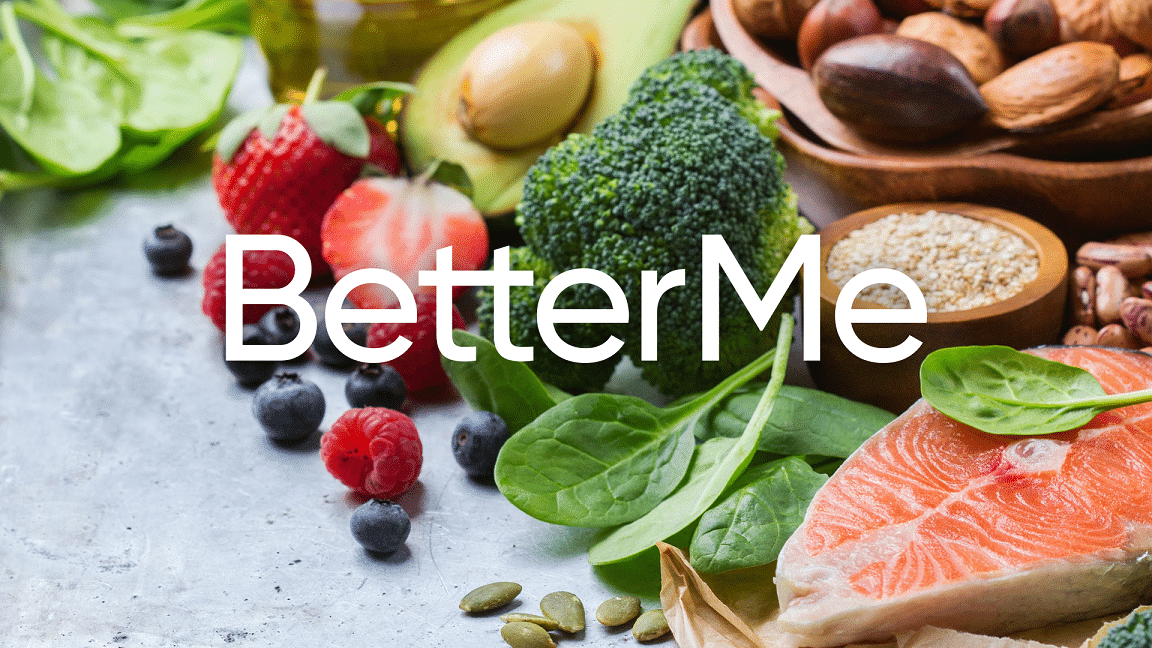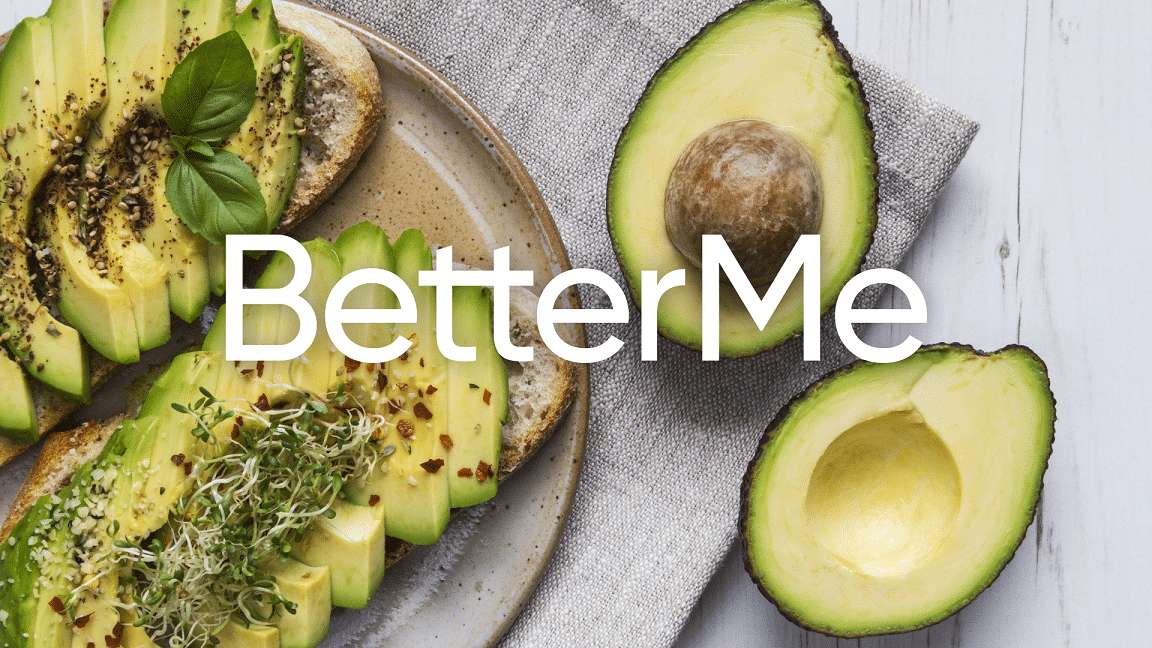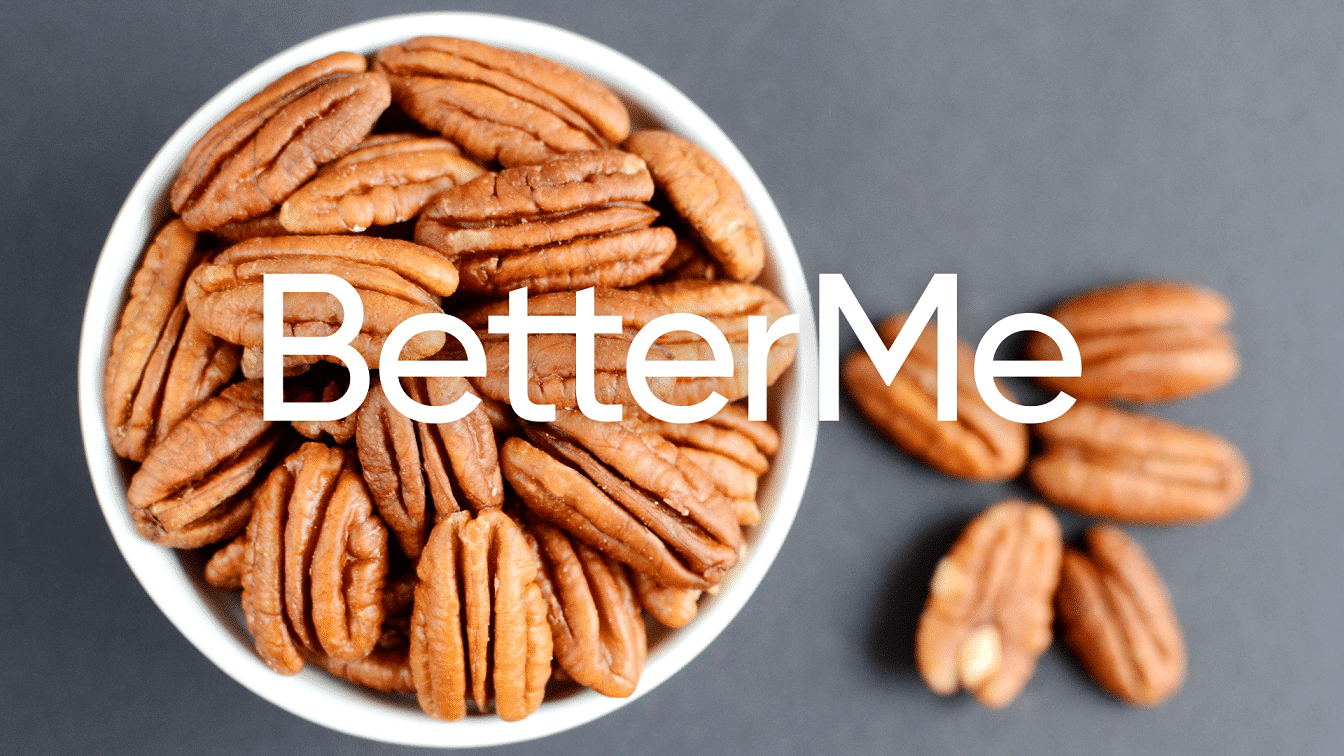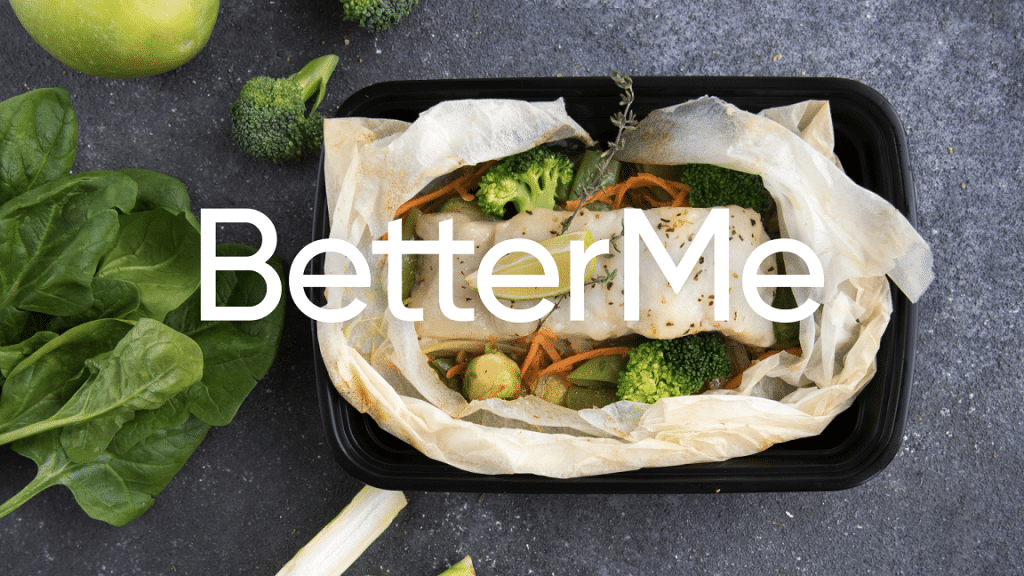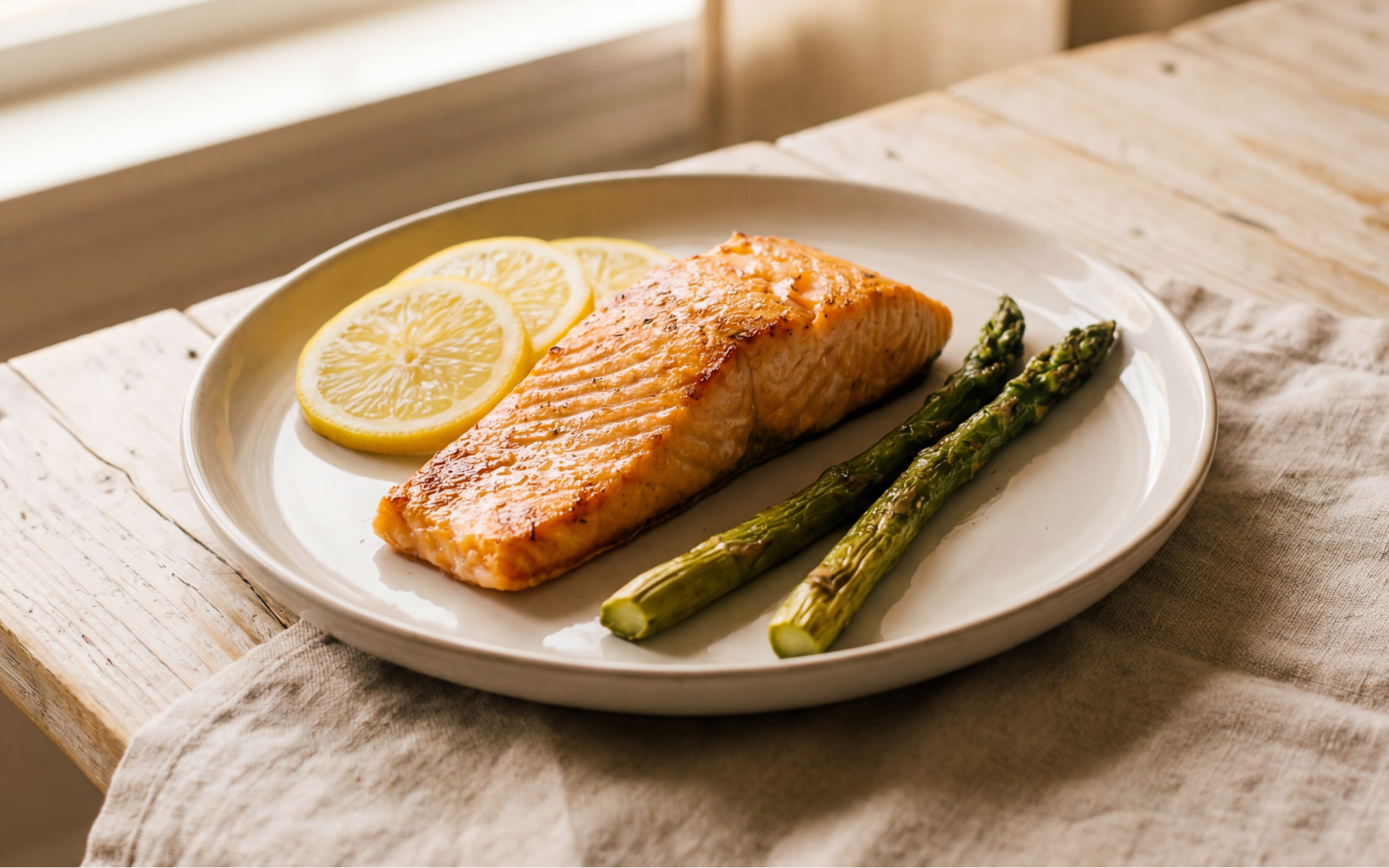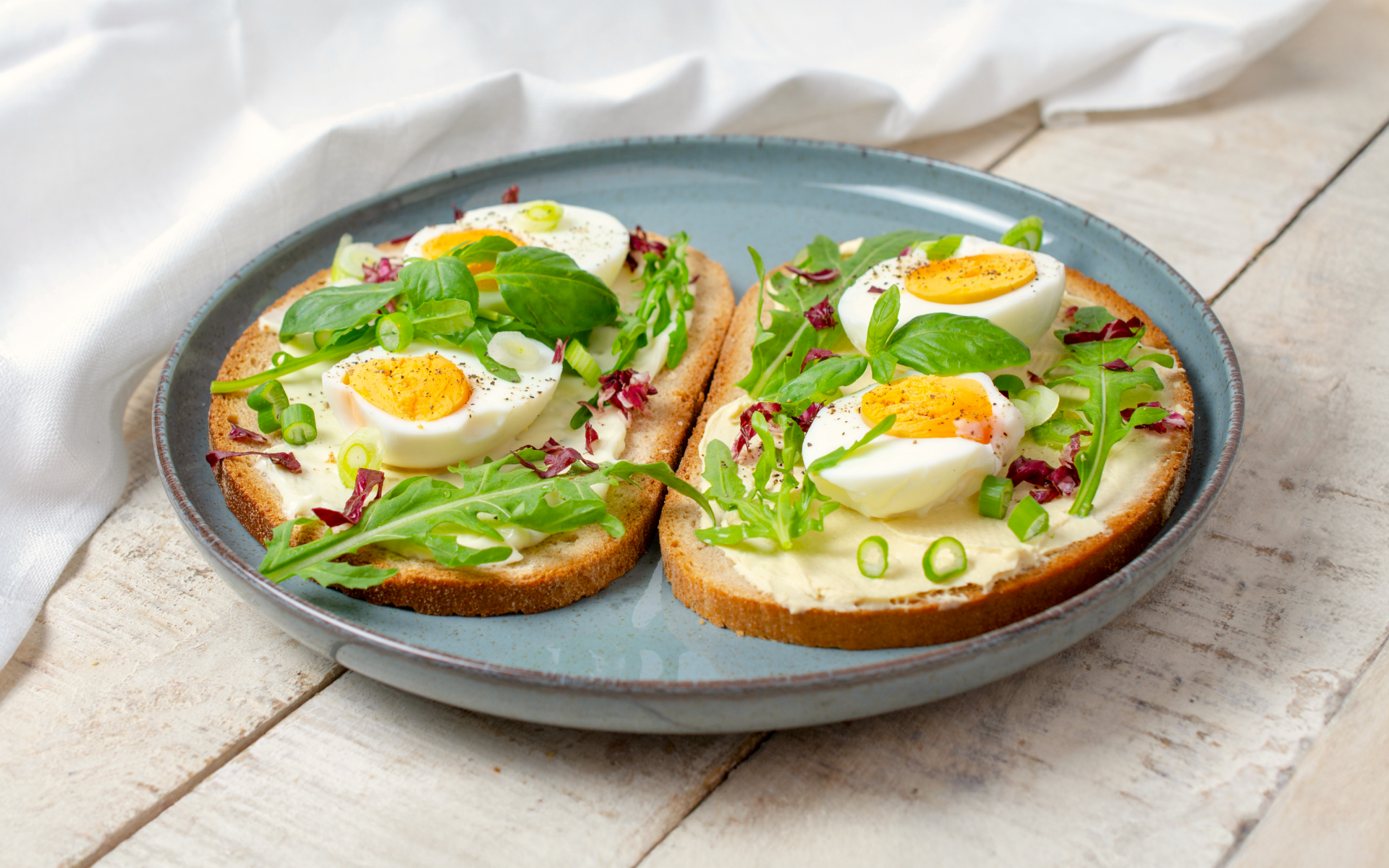What Is A High-Fiber Diet?
Today, weight loss is at the top of the public health agenda. Dieters spend a lot of time and money to get rid of those extra inches around their waists. Yes, there are many methods to reach your fitness goals, but not all of them are safe or can bring health benefits. That is why when you want to pick a dietary plan, it is critical to think about whether it is beneficial to your health and body. If you think there is no such diet, this article is going to be an eye-opener for you. Here you will find all you need to know about high-fiber diet – an eating pattern that will not only help you lose weight, but will also help maintain a healthy digestive system.
Get your personalized
meal plan!

First, it is important to figure out what fiber is. You probably know that such nutrients as protein, fat and carbs are broken down and absorbed by your body. Dietary fiber is an essential nutrient, that includes parts of plant-based foods that your body doesn’t absorb or digest. However, the fact that dietary fiber isn’t used by your body as fuel, doesn’t make it less important (12, 15, 27).
Types Of Fiber
Basically, there are three types of fiber:
- Soluble fiber is a type of dietary fiber that dissolves in water. It can help your body lower blood cholesterol and glucose levels. It can be found in legumes, oats, barley, most root veggies, citrus fruits, apples, carrots, broccoli and more.
- Insoluble fiber doesn’t dissolve in water, it increases stool bulk and improves bowel movement and digestion in general. It can be helpful for people who suffer from irregular stools or constipation. This type of dietary fiber can be found in whole-wheat flour, nuts and seeds, green veggies (cauliflower, green beans, zucchini, celery), potatoes and more.
- This type of fiber is relatively recently discovered and is called prebiotic soluble fiber (also known as inulin). It may improve digestion, promote weight loss, relieve constipation, improve bone health and even help to control diabetes. It can be found in chicory roots, asparagus, garlic, onion, wheat, barley and more.
So, everything is quite simple – high-fiber diet is an eating pattern that includes high amounts of foods with high content of fiber. As a rule, such a meal plan includes foods such as fruits, vegetables, whole grains, nuts, seeds and more.
Read More: Are Peas Good For You Losing Weight: Your Stand-Alone Source Of Fiber And Vitamins
Benefits Of A High-Fiber Diet
So, why is a high-fiber diet important? As it was mentioned above, this diet doesn’t only help you lose weight, but is also beneficial for your health. High-fiber diet can offer a bunch of benefits for your body (12, 15):
-
Helps To Support Bowel Health
Dietary fiber is essential for the health of your bowel. First, it softens your stool and increases its size and weight. This nutrient also makes your stool pattern more regular. It also significantly decreases your risks of such issues as constipation, diverticulosis and hemorrhoids. A high-fiber diet also helps people with watery and loose stool.
-
Promotes Blood Sugar Control
Nowadays, diabetes is one of the most widespread and dangerous chronic diseases in the world. For instance, in 2018, 34.2 million Americans (or approximately 10.5% of the population) had diabetes. What’s more, every year 1.5 million Americans are diagnosed with this disease (25).
Of course, people with diabetes are treated with medications, but proper nutrition can be helpful as well. Fiber – particularly soluble types – can help to improve blood sugar levels and slow down absorption of sugar by your body. If your diet includes soluble types of fiber, you’ll significantly decrease your risks of type II diabetes.
-
Lowers Cholesterol Levels
When consumed on a regular basis, soluble type of fiber can help lower cholesterol levels in your blood. A high-fiber diet can also offer other benefits for your cardiovascular health, such as lowered blood pressure and inflammation. So, just add some flaxseeds, beans and oats to your daily menu to support your heart health.
-
Improves Function Of The Colon
High-fiber diet may reduce the risks of colon cancer and make the bacterial composition more balanced.
If you’ve mustered up the courage to crush your weight loss goal, let Betterme take the sting out of this demanding process. Our app will help you restructure your habits, remold your life and crank up your fitness results!
What To Eat On A High-Fiber Diet?
As any other diet, a high-fiber meal plan includes a certain number of foods. Below you can find the list of high-fiber foods that will be perfect for this nutrition plan.
-
Broccoli
This veggie can be classified as a nutrient-dense food. It is packed with folate, manganese, antioxidants, B complex vitamins as well as vitamin C and K. This is also a relatively high-protein per calorie food. These properties make broccoli suitable for every diet. One cup of this vegetable will provide you with 2.4 grams of fiber (7).
-
Carrots
Carrot is another veggie that is suitable for any diet. It is low-calorie, nutrient-dense and can be added to your salad, soup or to any other dish. Carrots contain vitamins K and B6, beta carotene and magnesium. 1 cup of carrots will provide you with 3.6 grams of dietary fiber (8).
-
Pears
Pears are loved for their crisp texture and luscious flavor. They are delicious, nutrient-dense and packed with fiber – 5.5 grams per 1 medium fruit (20).
-
Avocados
It is difficult to overestimate the health benefits of this fruit. As a rule, fruits are a rich source of carbohydrates. Avocados are packed with healthy unsaturated fats. That is why they are so popular among dieters and health-conscious people. This fruit is beneficial for your vision and heart health. It may help to prevent cancer, improve digestion and lower your risks of depression. One cup of raw avocado will provide you with 10 grams of fiber (2, 28).
Read More: How To Eat Avocado For Weight Loss: Eating Fat To Burn Fat
-
Berries
A delicious snack and one of the most popular ingredients for nutrient-dense smoothies. Fresh or frozen – you’ll still get the benefits. Berries are packed with manganese, vitamin C and antioxidants. So, one cup of fresh strawberries has 2 grams of dietary fiber. One cup of raw blueberries has 3.55 grams of dietary fiber, and a cup of blackberries – 7.63 grams. A cup of raspberries will provide you with 8 grams of fiber (5, 6, 22, 26).
-
Bananas
Bananas are one of the most nutrient-dense fruits. They contain potassium, vitamins B6 and C. Bananas can help to support your heart health, overcome depression, support your vision and bone health and provide you with energy before your workouts. One medium banana can provide you with about 3.1 grams of fiber (3, 4).
-
Nuts And Seeds
Nuts and seeds are a rich source of healthy fats that are essential for your body. They are rich in essential nutrients. For instance, almonds contain manganese, vitamin E and magnesium. 3 tablespoons of these nuts contain 4 grams of fiber. Chia seeds are packed with phosphorus, calcium and magnesium. One ounce of dried seeds will provide you with 9.75 grams of dietary fiber (1, 24).
-
Dark Chocolate
If you want to benefit your health eating chocolate, the dark kind is the one you should go for. The only thing you should pay attention to is its cocoa content – 70-95% is ideal. A piece of dark chocolate (approximately one ounce) will provide you with 3.1 grams of dietary fiber (11).
-
Kidney Beans
Kidney beans belong to legumes family and are extremely popular among the followers of plant-based diets. They are also a rich source of plant-based protein. By eating one cup of cooked beans you will get 16.3 grams of dietary fiber (23).
-
Lentils
Lentils are perfectly suitable for any plant-based diet. They are loaded with protein and are a great choice for vegetarians. Many dieters use them to cook delicious soups, patties, creamy curry dishes and warm salads. One cup of cooked lentils will provide you with 13.1 grams of dietary fiber (17).
-
Quinoa
Quinoa keeps getting more and more popular thanks to its high content of essential nutrients. Iron, zinc, potassium, magnesium, protein and antioxidants. It is a perfect breakfast that you can eat with fruits, nuts or berries. A cup of cooked quinoa will provide you with 5.2 grams of dietary fiber (21).
-
Oats
This is one of the healthiest breakfasts that is loaded with essential nutrients. This is a rich source of quality protein, manganese, iron, magnesium, zinc, and selenium. By eating oats for breakfast, you promote your weight loss and improve the condition of your skin. This food also helps to manage type II diabetes and reduce cholesterol levels. A cup of raw oats will provide you with impressive 16.5 grams of dietary fiber (18, 19).
-
Chickpeas
This is another hall-of-fame food, popular among the followers of plant-based diets. Chickpeas are rich in vitamin B6 as well as other B vitamins and folate. It also contains manganese, iron, magnesium, copper and many other essential nutrients. One cup of cooked chickpeas will provide you with 12.5 grams of fiber (9, 10).
Reasons why BetterMe is a safe bet: a wide range of calorie-blasting workouts, finger-licking recipes, 24/7 support, challenges that’ll keep you on your best game, and that just scratches the surface! Start using our app and watch the magic happen.
FAQs
High-Fiber Diet For Weight Loss: Is It Effective?
Foods with high fiber content tend to be lower in calories than other foods. Such foods are usually also more filling. That is why you will feel full longer and will be likely to eat less. Such a diet can be classified as low-calorie and low fat, as it limits animal-based products. That’s why such a dietary pattern can help you to solve the issue of excess weight. However, it is important to talk to your doctor or dietitian before you start sticking to this eating pattern, in order to avoid health issues and nutrient deficiencies (12, 13, 15).
What Is A Recommended Daily Intake Of Fiber?
According to the Academy of Nutrition and Dietetics, adult men should consume 38 grams of fiber per day, adult women – 25 grams per day. After reaching the age of 50 a recommended fiber intake is lower – 21 grams for women and 30 grams for men. Pregnant and lactating women should consume more fiber – at least 28 grams a day (16).
Are There Any Risks Of A High-Fiber Diet?
Although dietary fiber can be classified as an essential nutrient and is vital for the proper functioning of your body, there are still some risks. If you consume too much fiber, which is usually above 70g/day (14), you may face a number of side effects. They include nausea, stomach cramps, gas, bloating and more. That’s why it is so critical to talk to your doctor or dietitian before starting a diet. There are several tips that will help you to avoid these unwanted issues. For instance, drinking plenty of water will be really helpful in this case. It is also critical to incorporate high-fiber foods to your meal plan gradually, so that you don’t send your digestive system into a tizzy (16).
DISCLAIMER:
This article is intended for general informational purposes only and does not address individual circumstances. It is not a substitute for professional advice or help and should not be relied on to make decisions of any kind. Any action you take upon the information presented in this article is strictly at your own risk and responsibility!
SOURCES:
- Almonds raw (2019, fdc.nal.usda.gov)
- Avocado, raw (2020, fdc.nal.usda.gov)
- Banana, raw (2020, fdc.nal.usda.gov)
- Bananas: Health Benefits, Risks & Nutrition Facts (2017, livescience.com)
- Blackberries, raw (2019, fdc.nal.usda.gov)
- Blueberries, raw (2020, fdc.nal.usda.gov)
- Broccoli, raw (2020, fdc.nal.usda.gov)
- Carrots, raw (2020, fdc.nal.usda.gov)
- Chickpea Nutrition Facts and Health Benefits (2020, verywellfit.com)
- Chickpeas, dry, cooked, made with margarine (2020, fdc.nal.usda.gov)
- Chocolate, dark, 70-85% cacao solids (2019, fdc.nal.usda.gov)
- Dietary fiber: Essential for a healthy diet (2018, mayoclinic.org)
- Fiber (2018, eatright.org)
- Fiber-How (n.d., studentaffairs.duke.edu)
- High Fiber Diet (2018, gisare.com)
- How much fiber is too much? (2018, medicalnewstoday.com)
- Lentils, dry, cooked, made with margarine (2020, fdc.nal.usda.gov)
- Oatmeal Nutrition Facts and Health Benefits (2020, verywellfit.com)
- Oats, raw (2020, fdc.nal.usda.gov)
- Pear, raw (2020, fdc.nal.usda.gov)
- Quinoa, cooked (2019, fdc.nal.usda.gov)
- Raspberries, raw (2019, fdc.nal.usda.gov)
- Red kidney beans, dry, cooked, made with oil (2020, fdc.nal.usda.gov)
- Seeds, chia seeds, dried (2019, fdc.nal.usda.gov)
- Statistics About Diabetes (n.d., diabetes.org)
- Strawberries, raw (2020, fdc.nal.usda.gov)
- What to know about inulin, a healthful prebiotic (2020, medicalnewstoday.com)
- Why is avocado good for you? (2017, medicalnewstoday.com)
